The hatch of the Soyuz MS-14 spaceship turned out to be narrow for the FEDOR robot
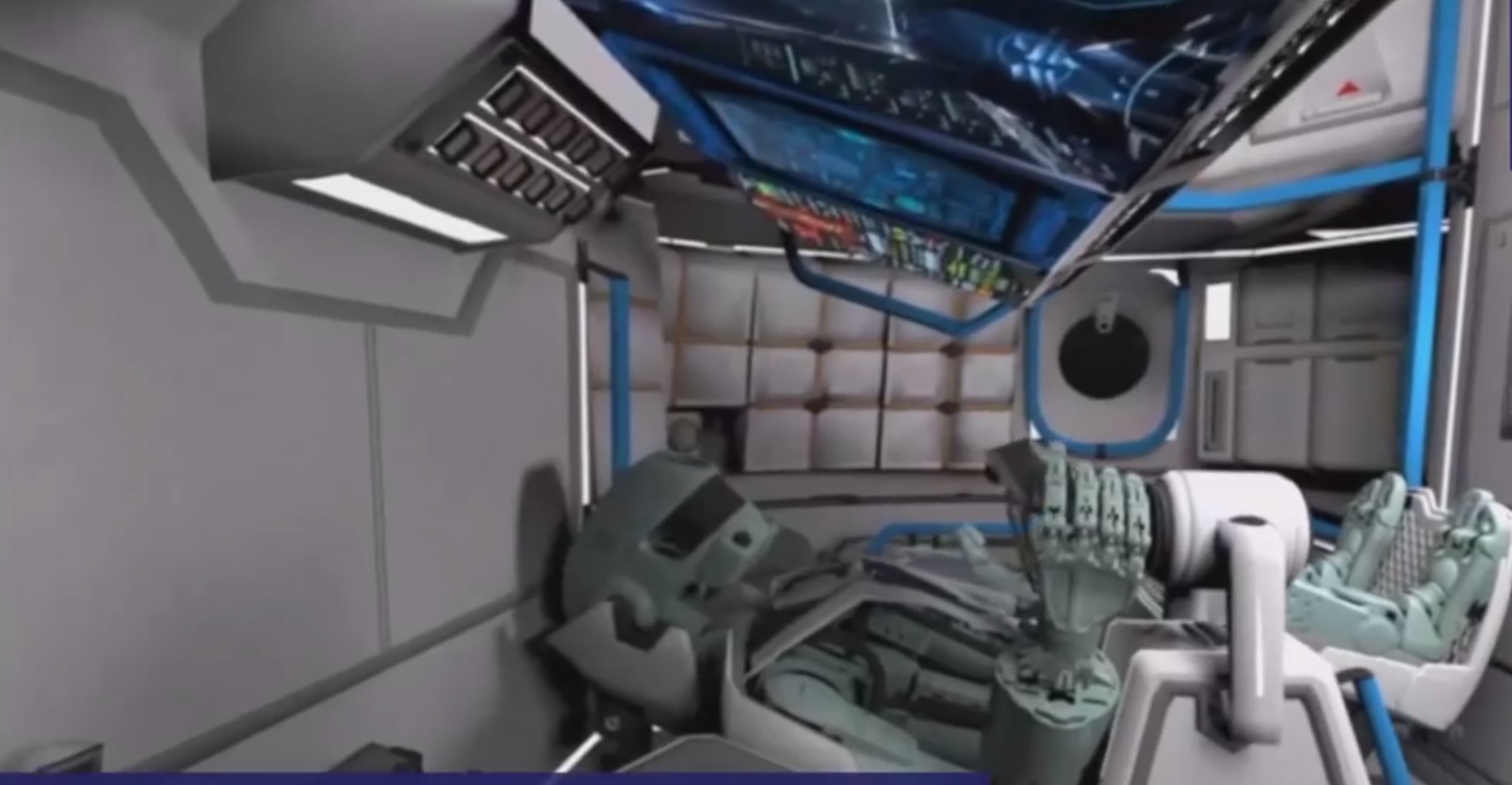
Engineers are reworking the shoulder girdle of the Russian humanoid robot FEDOR, which in August is due to recover on the International Space Station (ISS) on the Soyuz MS-14 spacecraft
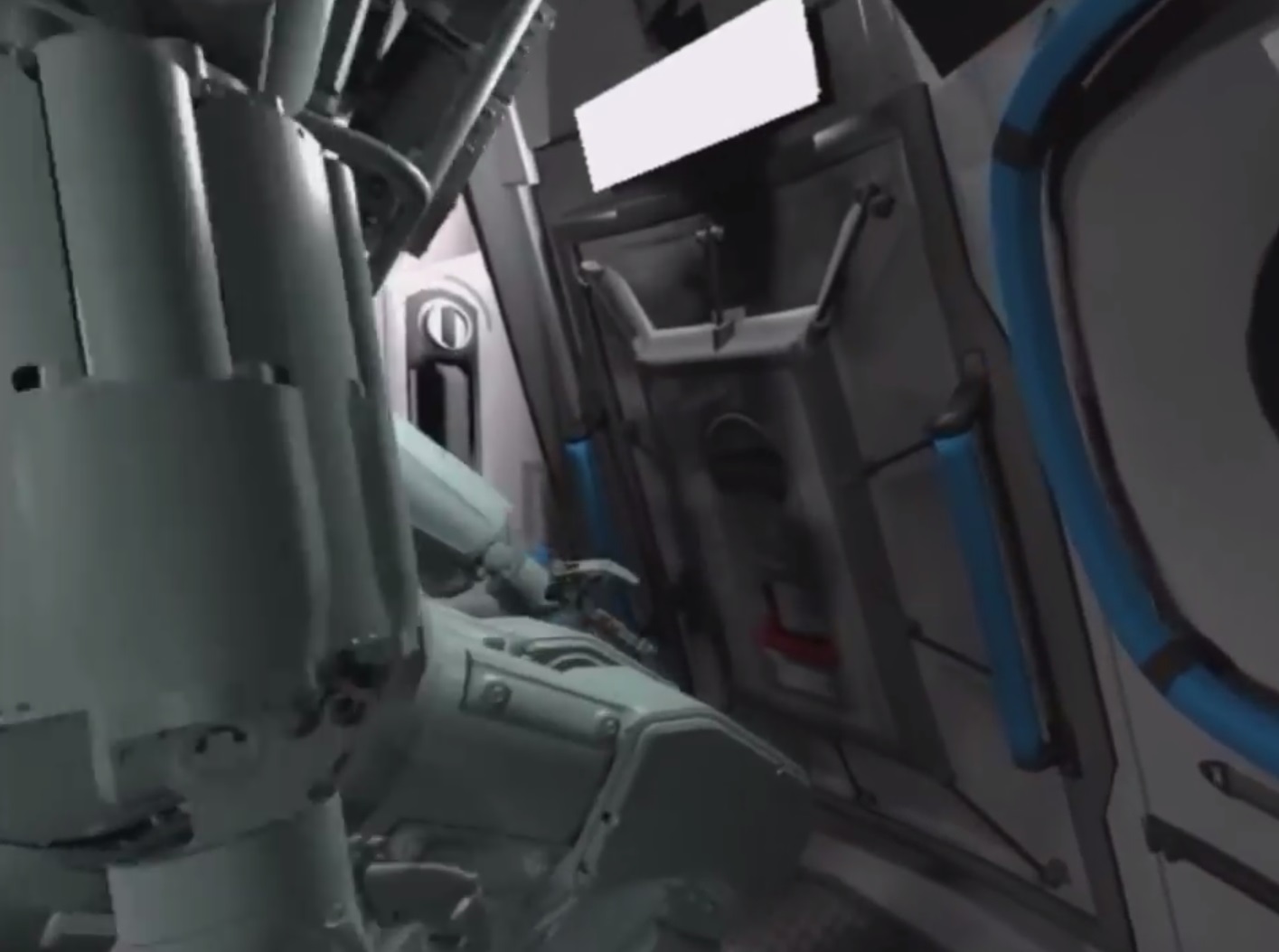
The Fyodor Robot or FEDOR (Final Experimental Demonstration Object Research) is an anthropomorphic robot, which was developed by the Android Technological Research Institute and the Advanced Research Foundation (PE), and should replace a person in high-risk areas.
')
FEDOR is able to:
- communicate with the operator through the system of feedback force-moment or sensory communication (several control modes);
- move independently in the city and over rough terrain, work with tools and drive vehicles;
- sit on the longitudinal and transverse twine;
- look both vertically up and strictly down, head down due to the high mobility of the head module;
- moves "in belligerence."

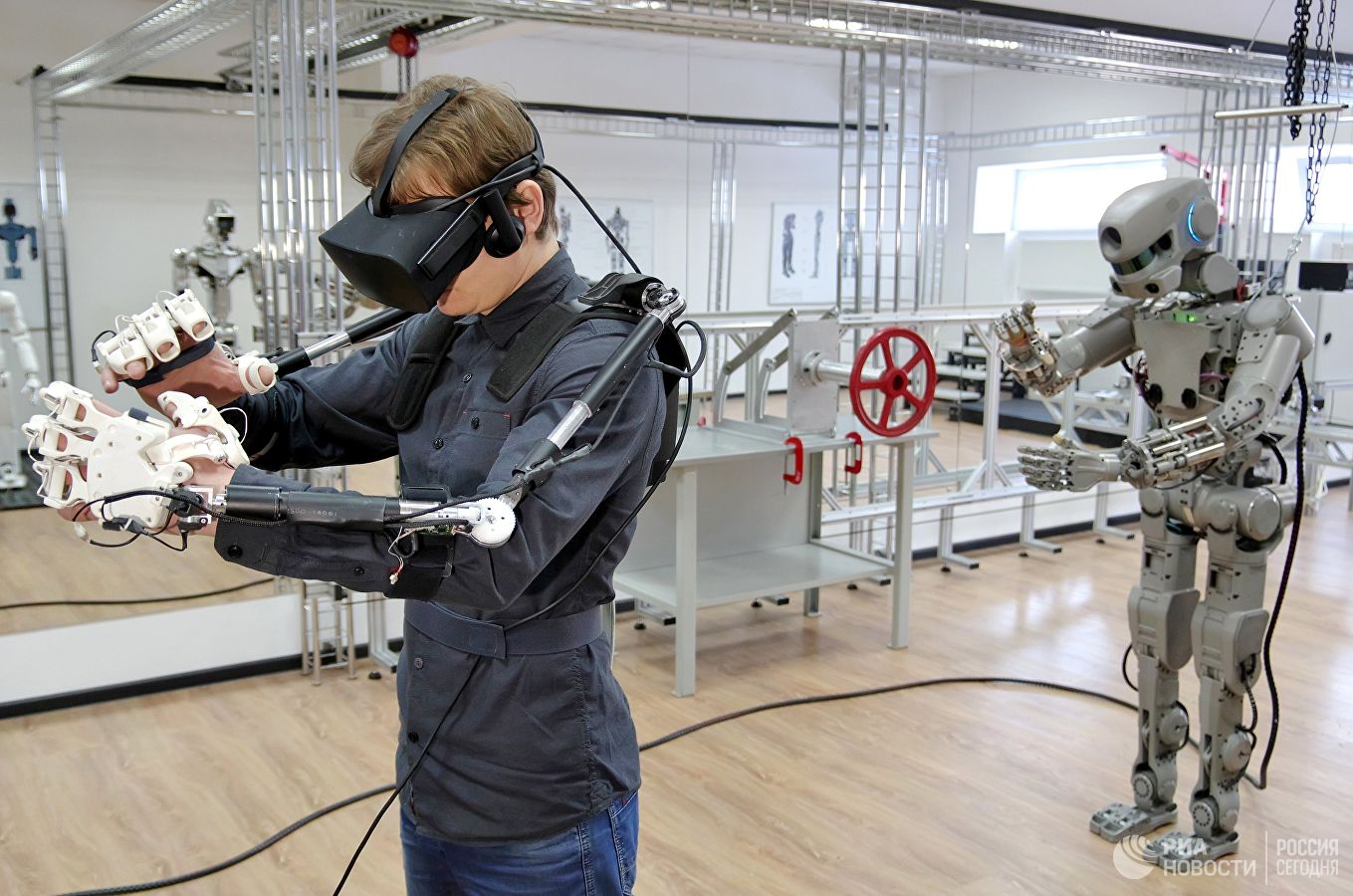


The launch of the Soyuz MS-14 transport vehicle on the Soyuz 2.1a launch vehicle is scheduled for August 2019.
The flight of the ship will take place in unmanned mode, which will allow several times to increase the payload due to the lack of some of the instruments and units necessary for the life support of astronauts. Only FEDOR robots will be aboard the Soyuz MS-14 as a member of the crew.
The Soyuz MS-14 variant differs from a conventional serial ship with a modernized motion control and navigation system (SUDN) with a corresponding refinement of individual onboard systems.
This will be a test flight in which it is planned to test the integration of the Soyuz MS-14 spacecraft with the Soyuz 2.1a launch vehicle.
Now “Soyuz-2.1a” replaces the Soyuz-FG rocket launcher, which has been delivering space crews into orbit since 2002. Start is scheduled for August 22, 2019.
The FEDOR robot has already passed the fitting of the ship's chair, however, the design of the robot is being finalized due to the fact that it critically passes through the hatch.
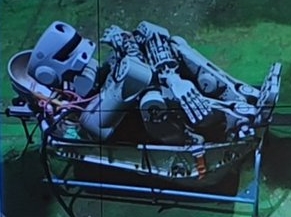
In zero gravity, astronauts will have to transfer the robot from the spacecraft to the ISS and continue to work with it without any devices, so you need to maximally facilitate their task and minimize the robot's transport time both at the unloading stage and later in space tests.

The first version of the FEDOR-cosmonaut has already been transferred to Roskosmos and the SP Korolev Rocket and Space Corporation Energia (RSC Energia) to study the possibility of its use in manned programs.
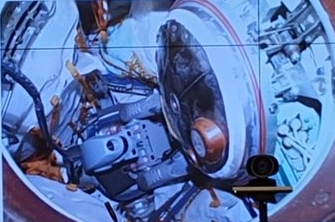
Tests on Earth have shown that the robot turned out to have a bit wide shoulders, so it will be modernized to fit optimally in the established space dimensions.

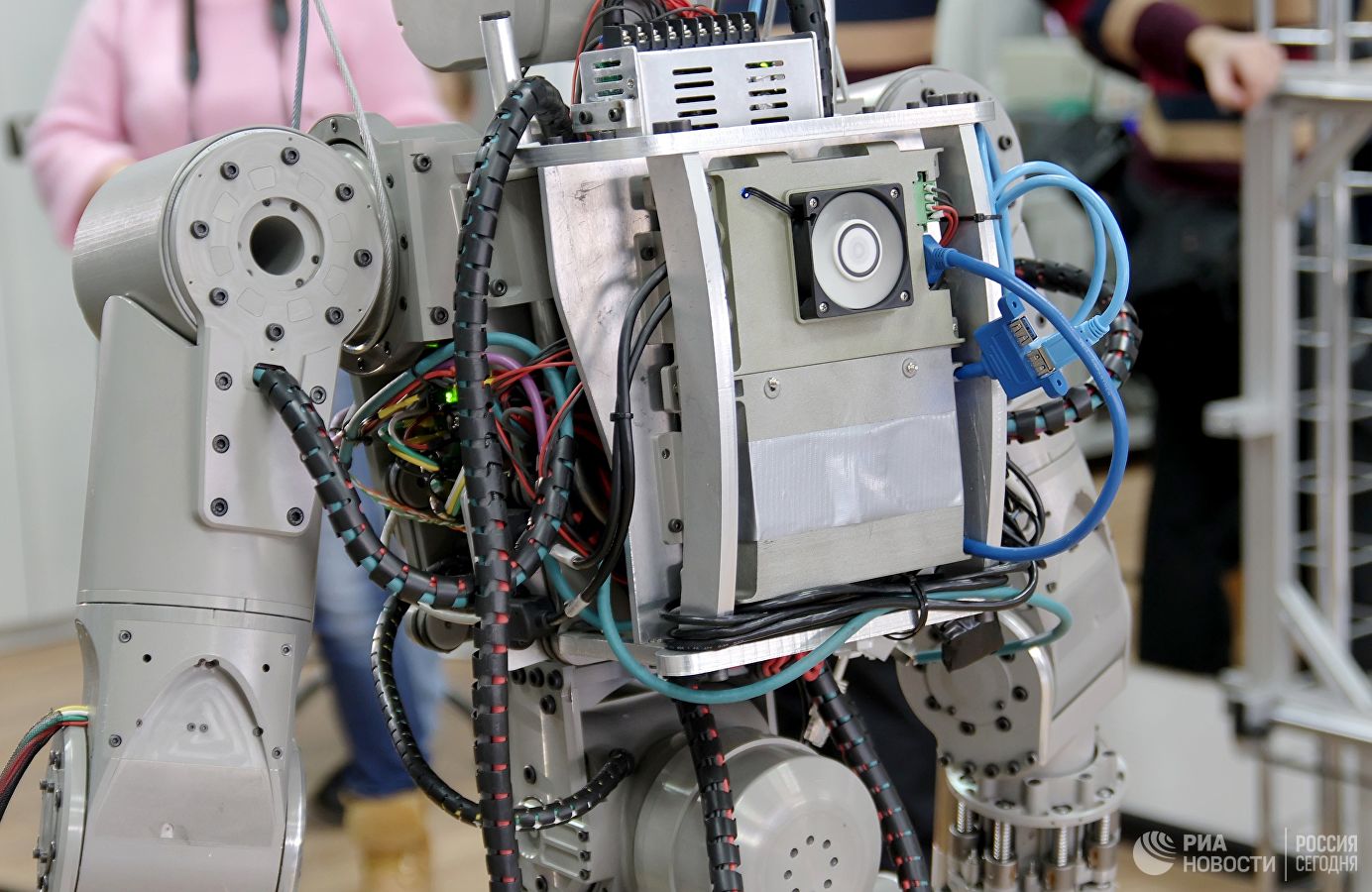
True time for these works to change its design is very little.
Also, the onboard systems of the FEDOR robot have been tested for compliance with the very stringent requirements for the safety of space flight, its power systems will be powered by elements approved for use in space.
It is planned that the FEDOR robot will be fully tested in zero gravity and perform various operations onboard the ISS.


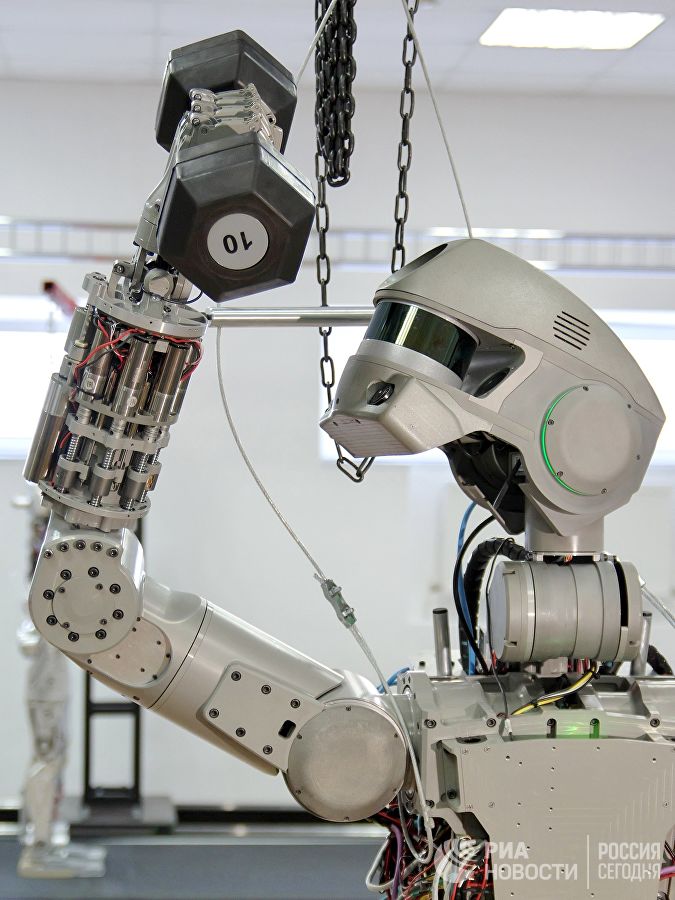
Source: https://habr.com/ru/post/455204/
All Articles